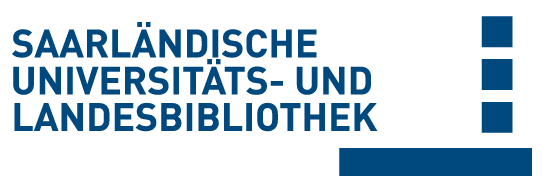Please use this identifier to cite or link to this item:
doi:10.22028/D291-46471 | Title: | Modeling of lung-liver interaction during infection in a human fluidic organ-on-a-chip |
| Author(s): | Reinhold, Susanne Herr, Christian Yao, Yiwen Pourrostami, Mehdi Ritzmann, Felix Lehr, Thorsten Selzer, Dominik Kohl, Yvonne Yildiz, Daniela Slevogt, Hortense Beisswenger, Christoph Bals, Robert |
| Language: | English |
| Title: | Scientific Reports |
| Volume: | 15 |
| Issue: | 1 |
| Publisher/Platform: | Springer Nature |
| Year of Publication: | 2025 |
| Free key words: | Biological techniques Biomarkers Molecular medicine |
| DDC notations: | 610 Medicine and health |
| Publikation type: | Journal Article |
| Abstract: | Respiratory infections, including pneumonia and COVID-19, are major causes of global mortality and morbidity. Recent advancements in organ-on-a-chip (OOC) technologies have paved the way for human-based disease models, offering new tools for studying disease mechanisms and accelerating drug development. The aim of this study was to establish a lung-liver fluidic system to study the interaction of both organ modules during infection. A two organ (lung-liver) fluidic system was established using primary human bronchial (HBECs) or alveolar type epithelial cells (AT) for the lung module and Huh-7 cells for the liver module. Inactivated non-typeable Haemophilus influenzae (NTHi) and Pseudomonas aeruginosa PAO1 (PAO1) were applied to the lung module. Secreted mediators were screened by dot-blot analysis and quantified. The impact of bacteria-exposed epithelial cells on the liver cell transcriptome was analyzed via mRNA sequencing. Lung and liver cells established stable cultures in a circulatory fluidic system. Activation of HBECs or ATCs with NTHi or PAO1 resulted in the secretion of multiple inflammatory mediators into the microfluidic medium including tumor necrosis factor-alpha (TNF-α), monocyte chemotactic protein-1 (MCP-1) and macrophage inflammatory protein-1-α (MIP-1α). Addition of lung cells and application of bacterial onto the HBEC module led to significant transcriptomic alterations in the liver cell module. Gene ontology enrichment analysis showed the induction of various pathways involved in host defense, metabolism, repair, and acute phase response. In conclusion, a two-organ lung-liver fluidic system was established to study the interaction of the organ modules during infection. Mediators like cytokines are released from epithelial culture modules into the fluidic circulation after exposure to bacterial pathogens that significantly modify the gene expression patterns of liver cells. |
| DOI of the first publication: | 10.1038/s41598-025-22682-z |
| URL of the first publication: | https://www.nature.com/articles/s41598-025-22682-z |
| Link to this record: | urn:nbn:de:bsz:291--ds-464715 hdl:20.500.11880/40744 http://dx.doi.org/10.22028/D291-46471 |
| ISSN: | 2045-2322 |
| Date of registration: | 28-Oct-2025 |
| Description of the related object: | Supplementary Information |
| Related object: | https://static-content.springer.com/esm/art%3A10.1038%2Fs41598-025-22682-z/MediaObjects/41598_2025_22682_MOESM1_ESM.docx https://static-content.springer.com/esm/art%3A10.1038%2Fs41598-025-22682-z/MediaObjects/41598_2025_22682_MOESM2_ESM.docx |
| Faculty: | M - Medizinische Fakultät NT - Naturwissenschaftlich- Technische Fakultät |
| Department: | M - Experimentelle und Klinische Pharmakologie und Toxikologie M - Innere Medizin NT - Pharmazie |
| Professorship: | M - Prof. Dr. Robert Bals M - Jun.-Prof. Dr. Daniela Yildiz NT - Prof. Dr. Thorsten Lehr |
| Collections: | SciDok - Der Wissenschaftsserver der Universität des Saarlandes |
Files for this record:
| File | Description | Size | Format | |
|---|---|---|---|---|
| s41598-025-22682-z.pdf | 4,63 MB | Adobe PDF | View/Open |
This item is licensed under a Creative Commons License


